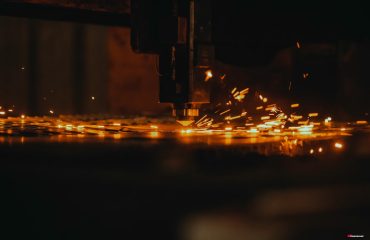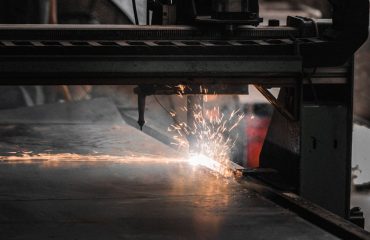Universal Parallel Flange (UPN) profiles are ubiquitous in structural engineering, offering a versatile and efficient solution for a wide range of applications. Understanding their properties and applications is crucial for engineers seeking to design robust and cost-effective structures. This comprehensive guide delves into the intricacies of UPN profiles, providing a detailed overview for both seasoned professionals and aspiring engineers.
Understanding UPN Profile Geometry and Dimensions
UPN profiles, also known as parallel flange channels, are characterized by their parallel flanges and a single web. Unlike I-beams, which have a more pronounced difference in flange and web dimensions, UPN sections boast a relatively uniform width throughout. This unique geometry lends itself to specific applications where a balance between strength and compactness is required. Standard dimensions, including flange width, web depth, and thickness, vary widely depending on the manufacturer and the intended load-bearing capacity. These dimensions are usually specified in accordance with relevant national or international standards, such as those published by the European Committee for Standardization (CEN) or the American Institute of Steel Construction (AISC). Consulting these standards is essential to ensure accurate design calculations and material selection.
Material Properties and Strength Characteristics of UPN Profiles
UPN profiles are typically manufactured from structural steel, a material renowned for its high tensile strength and ductility. The specific material grade used influences the ultimate strength, yield strength, and elastic modulus of the section. These properties, along with the geometric dimensions, are crucial inputs for structural analysis and design. Engineers must carefully consider the material properties when selecting a UPN profile for a given application, ensuring that the chosen section possesses sufficient strength and stiffness to withstand anticipated loads and environmental conditions. Factors such as corrosion resistance and weldability also play a significant role in the selection process. Furthermore, understanding the material’s behavior under stress, including its yield point and ultimate tensile strength, is vital in preventing structural failure.
Applications of UPN Profiles in Structural Design
The versatility of UPN profiles makes them suitable for a broad range of structural applications. They are frequently used as beams in lightweight structures, such as roofing systems, canopies, and walkways. Their parallel flanges provide excellent support for decking or cladding materials. In addition, UPN sections are employed as columns in low-rise buildings and industrial structures, offering a cost-effective alternative to other steel sections. They are also commonly used as bracing elements in frameworks to enhance stability and resist lateral loads. The choice of UPN profile for a specific application depends on factors such as the span length, anticipated loads, and required deflection limits. Careful consideration must be given to the section’s bending strength, shear strength, and buckling resistance.
Design Considerations and Calculations for UPN Profiles
Designing with UPN profiles requires a thorough understanding of structural mechanics principles. Engineers typically utilize software tools or hand calculations based on established design codes to determine the appropriate section size and orientation. Key considerations include bending moments, shear forces, axial loads, and torsional moments. These loads are determined through structural analysis, considering dead loads, live loads, and any environmental effects. Design checks are then performed to ensure that the chosen UPN profile meets the required strength and serviceability criteria. This involves verifying that stresses remain below allowable limits and that deflections are within acceptable tolerances. Furthermore, considerations for buckling, especially in the case of columns, are crucial for ensuring structural stability.
Connecting and Fabricating UPN Profiles
The fabrication and connection of UPN profiles are vital aspects of their implementation in structural projects. Common connection methods include welding, bolting, and riveting. Welding offers a strong and efficient connection, but requires skilled welders and adherence to strict quality control procedures. Bolting is a more versatile method, allowing for easier assembly and disassembly. However, bolt connections may require more space and careful consideration of bolt spacing and hole dimensions. The choice of connection method depends on factors such as the load magnitude, aesthetic requirements, and ease of construction. Regardless of the chosen method, proper detailing and fabrication are essential for ensuring the overall structural integrity and longevity of the structure. Careful attention must be paid to the weld quality in welding applications and the bolt torque in bolted connections.
In conclusion, UPN profiles represent a valuable tool in the structural engineer’s arsenal. By understanding their geometry, material properties, and design considerations, engineers can effectively leverage these versatile sections to create safe, efficient, and cost-effective structures. Always consult relevant codes and standards to ensure compliance and best practices.
SEO-Friendly Tags:
- UPN profile
- Structural steel sections
- Parallel flange channel
- Structural engineering design
- Steel beam calculations




